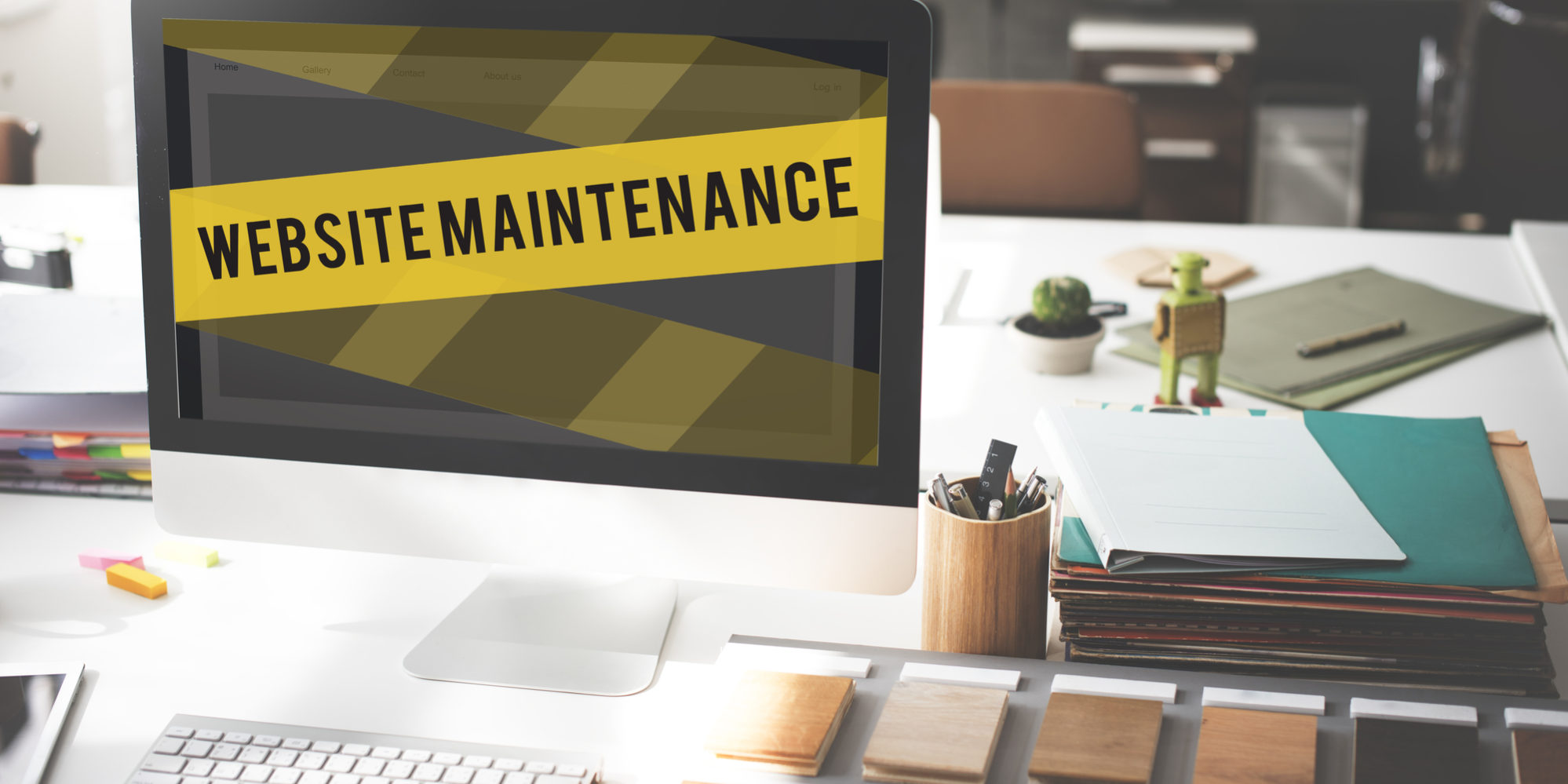Website maintenance is the process of updating, monitoring, and evaluating your website on a routine schedule to maximize its performance. Although simply having a website may seem to be enough to invite user engagement, web maintenance significantly influences the quality of the user experience and ultimately their selection of your products or services. Regular website maintenance targets three key areas that all contribute to the optimal performance of a website: safety, access, and content. Since these three aspects collectively inform the user’s first impression of your website, their continuous refinement and efficiency are paramount to the user’s initial and repeat engagement.
Why Website Maintenance Matters
An astounding amount of care, consideration, and investment goes into the initial development of a website; its longevity and success require similar dedication, education, and ongoing improvement. For example, new content is essential in increasing the visibility of a website and associated traffic. Additionally, access limitations or security concerns in user experience often result in the user moving to another website that offers greater ease and safety in engagement. As such, web maintenance may make the difference in the success or failure of a business venture.
Safety
Website maintenance ensures the content security and consistent compatibility with concurrently operating systems. Routine security scanning and updates also protect personal information of both the user and the business or service. Additionally, backing up data is essential for data recovery, if an issue should occur. This step will help facilitate immediate client response and support and limit missed user connections by reducing the length of time during which a website may be inoperational. Finally, any security compromises may negatively impact user assessment of value, trustworthiness, or reliability of the business. Therefore, web maintenance is like an oil change for your car: you need routine care to keep the website operating efficiently.
Access
A website should be accessible for all devices, over any bandwidths, and to all individuals. To do so requires constant monitoring for compatibility with browsers and security patches, testing of speed and responsiveness, and evaluating to ensure availability regardless of mobile use or user disability. If a user cannot easily access the information through your website, they will take their business and interest elsewhere.
Current Content
Content updates contribute to ensuring optimal SEO best practices and, consequently, user engagement. As users are looking at your website, they want to see the most current information or products; outdated or incorrect information, as well as broken links or nonexistent pages, make a site look unprofessional – an impression that will then transfer to any services or products that you may be offering.
Common Misconceptions about Website Maintenance
Especially when content or offerings may vary little over time or the original design and writing are so effectively done, one might think that revisiting the website is only necessary in the event of new or changed content. However, consistent evaluation ensures that links work, personal information is secure, and search engines continue to rank the website higher than others in SERPs (search engine results pages). Without such maintenance, the website may not only see continued decline in use and access but also compromise both host and user safety.
It might be tempting to save money by taking a do-it-yourself approach to web maintenance; after all, one can easily set the option to update software automatically and schedule regular security scans. However, not all web maintenance needs can be handled automatically. For example, simply updating all the plugins may lead to other site errors due to compatibility issues. Or, sites tend to slow down over time as more content is added, so web maintenance plans help maintain site speed, which is typically difficult without expertise. Although there are some free and paid tracking tools that support website monitoring, this information will still need to be reviewed and content updated based on that data. Finally, a DIY approach can be incredibly time-consuming and mistakes may have a greater and more costly impact than what one might pay for regular, comprehensive, and professional maintenance.
Contact APD today, and we can help you provide the best experience for your users and expedite the growth of your business by establishing a plan for website maintenance.







